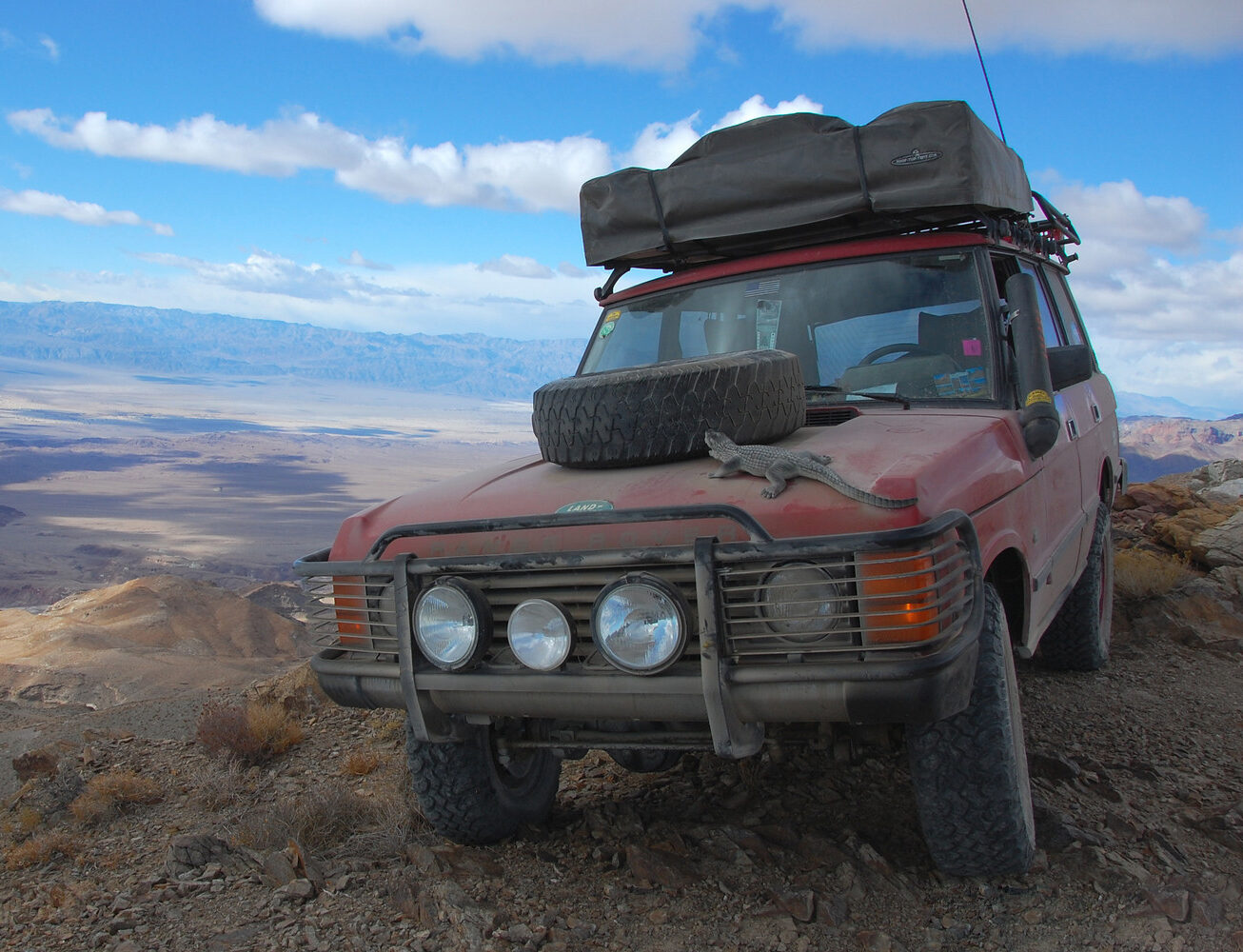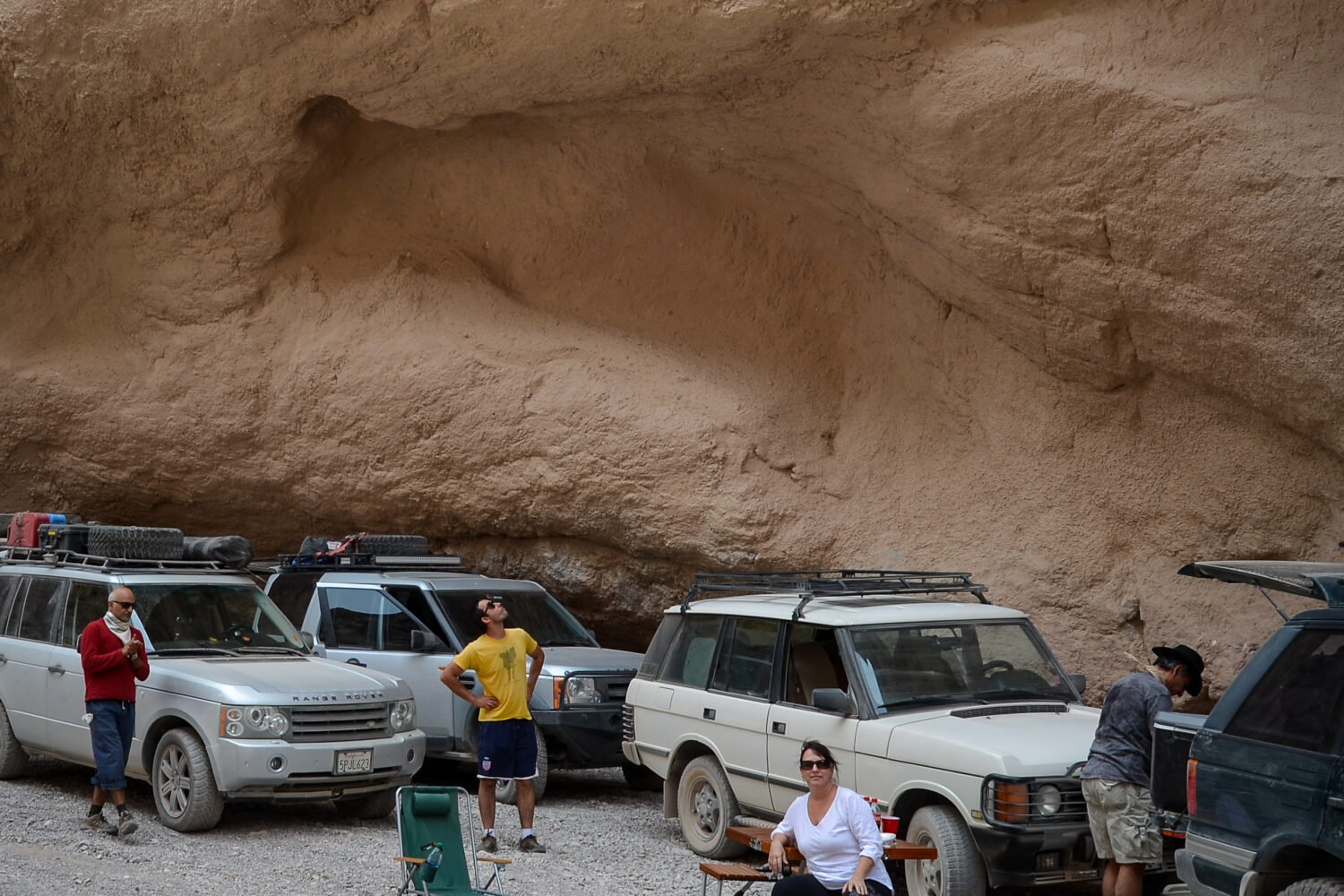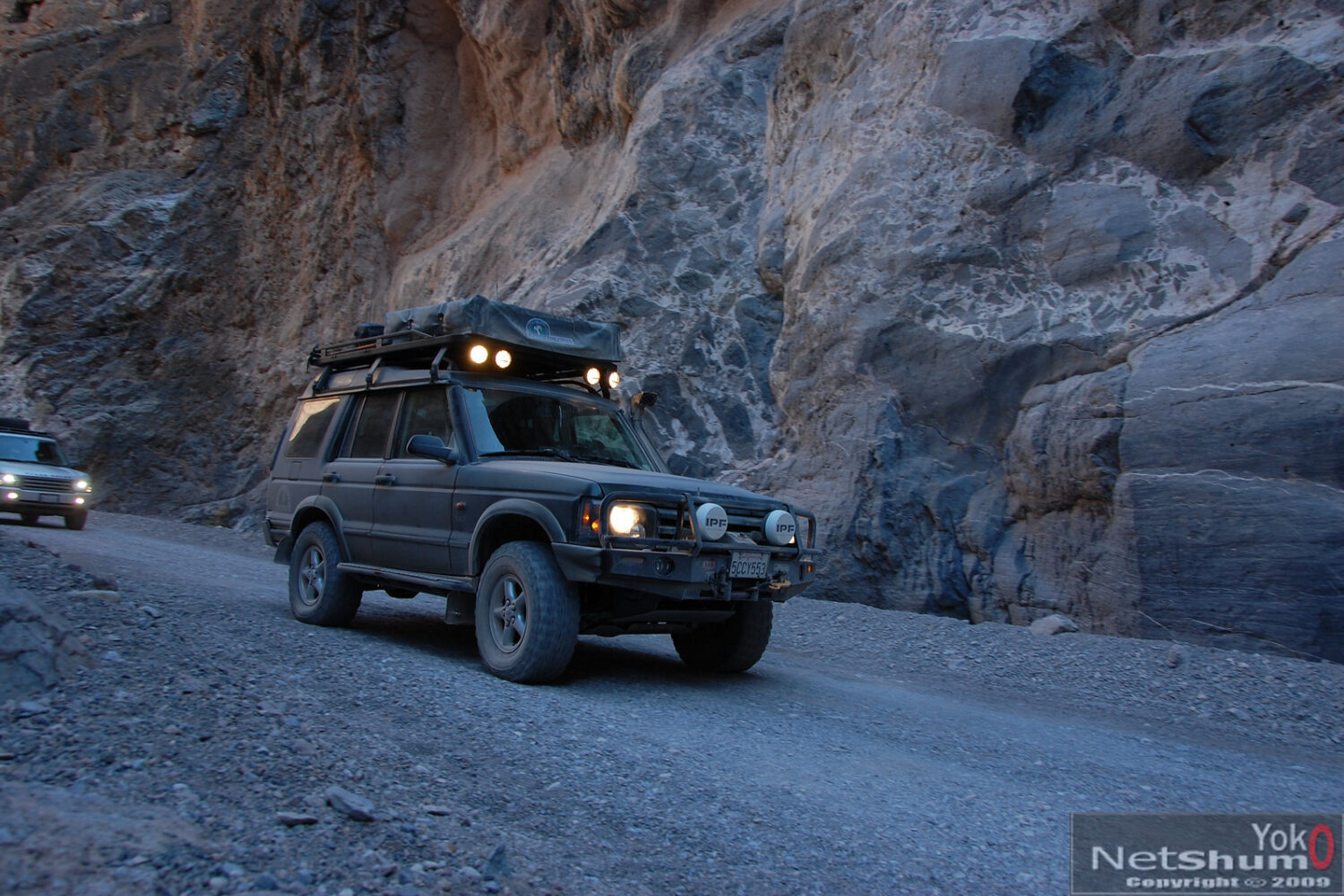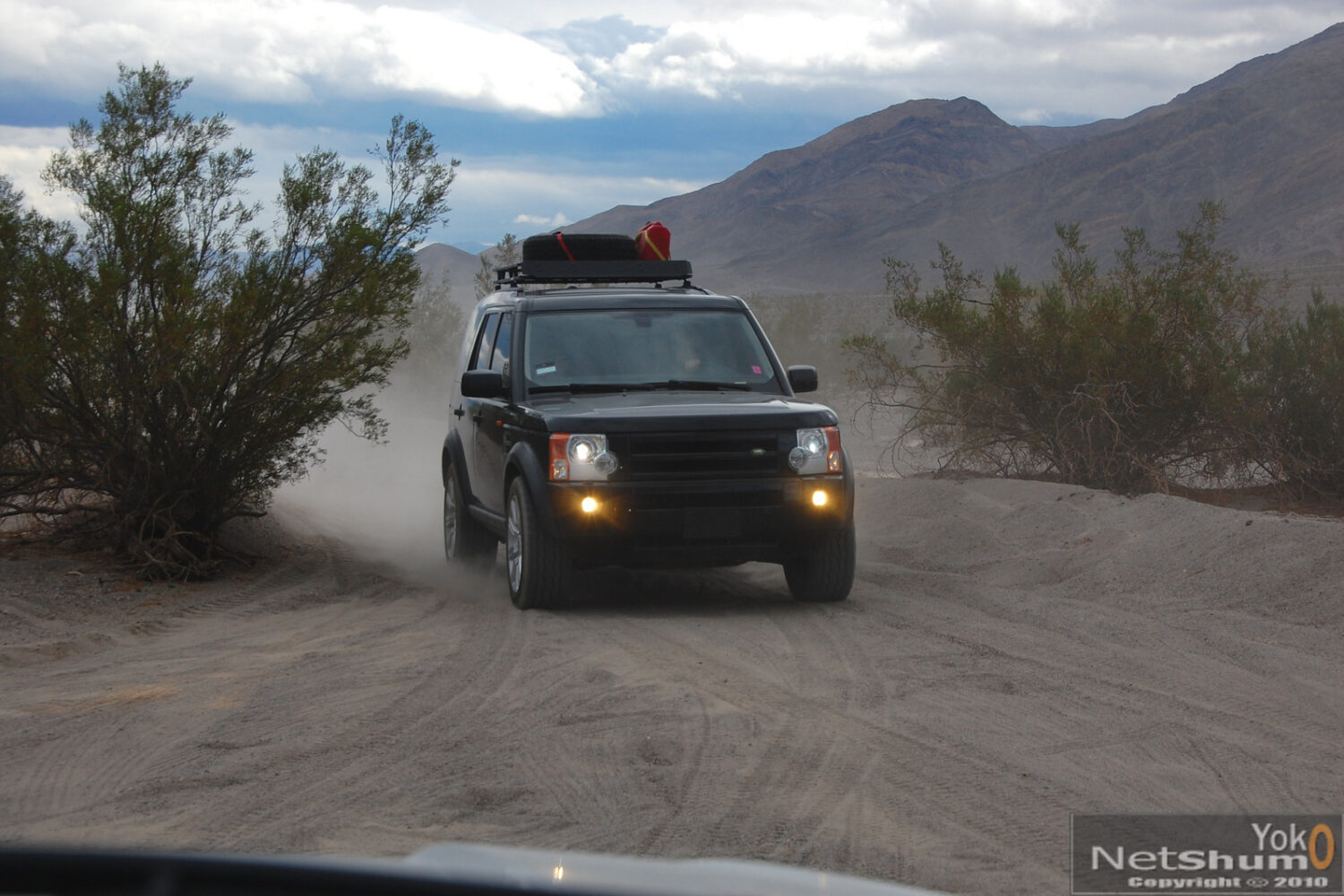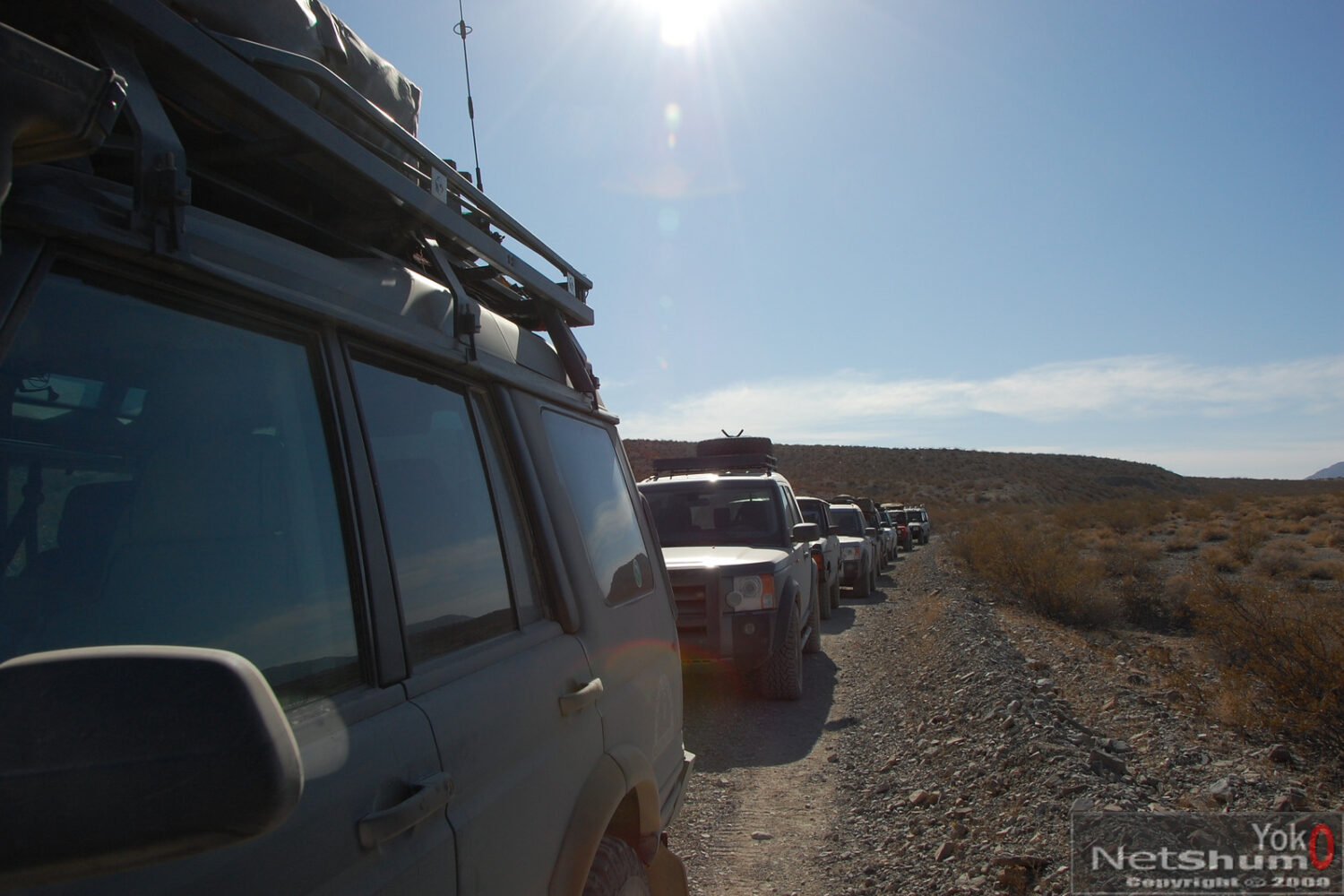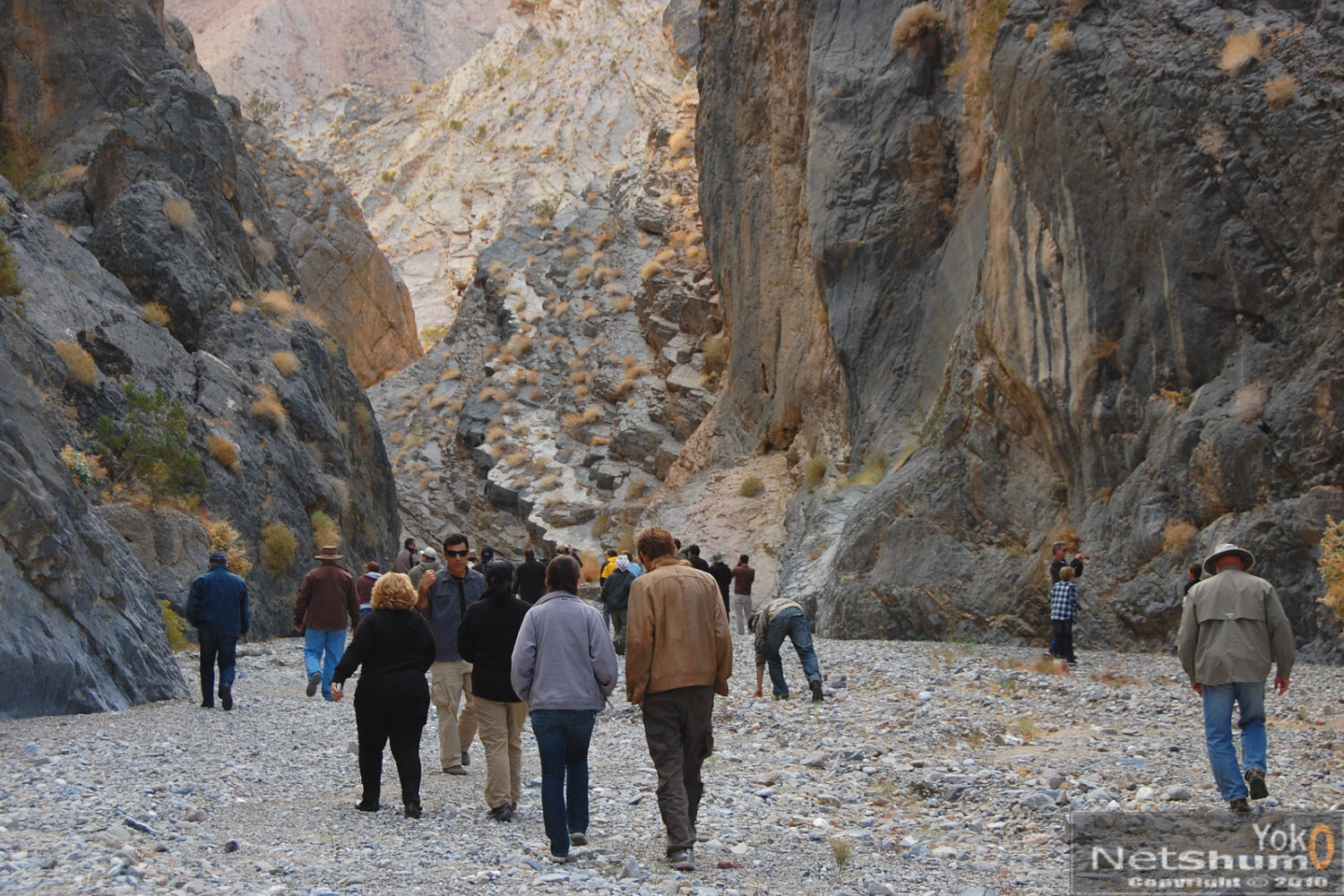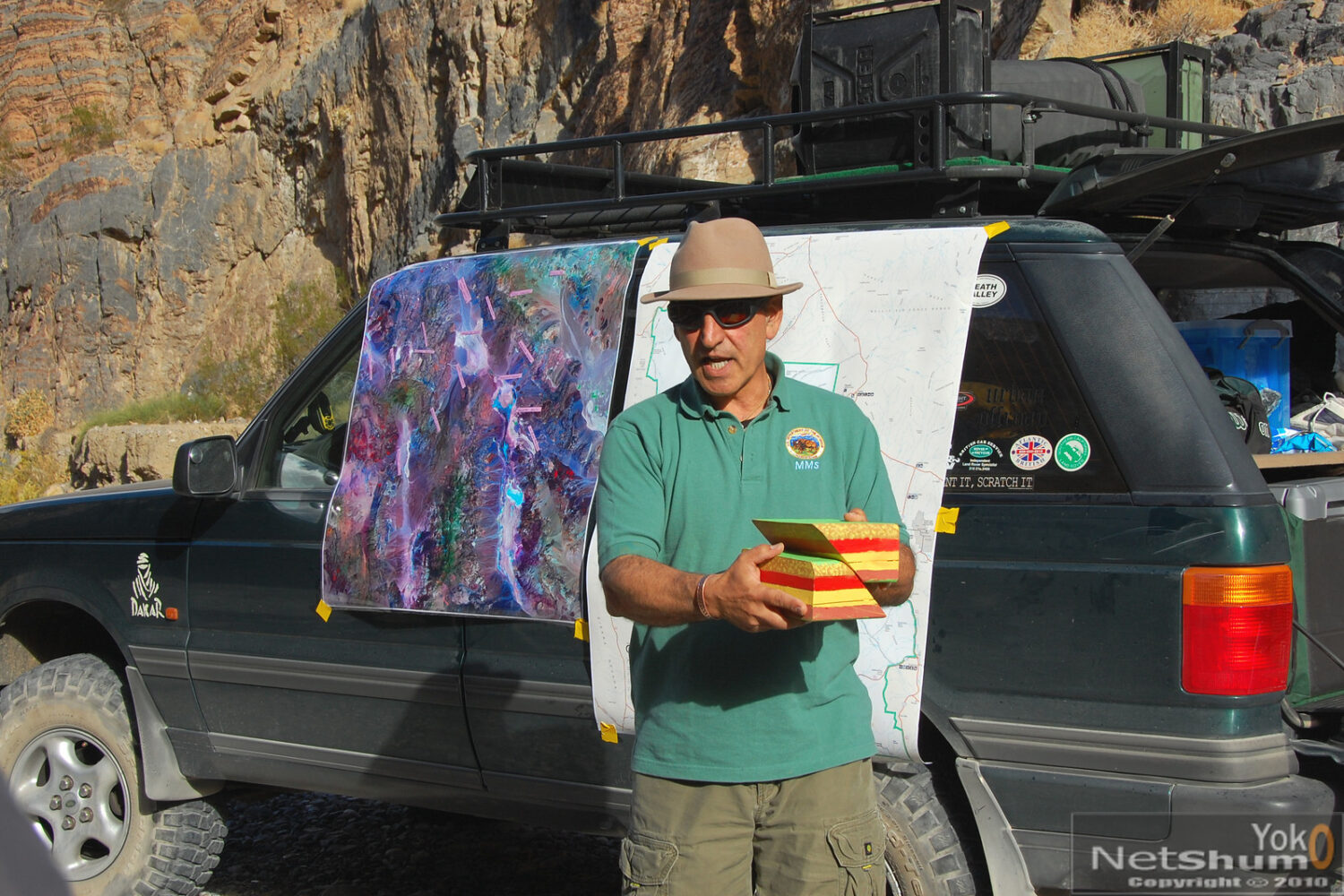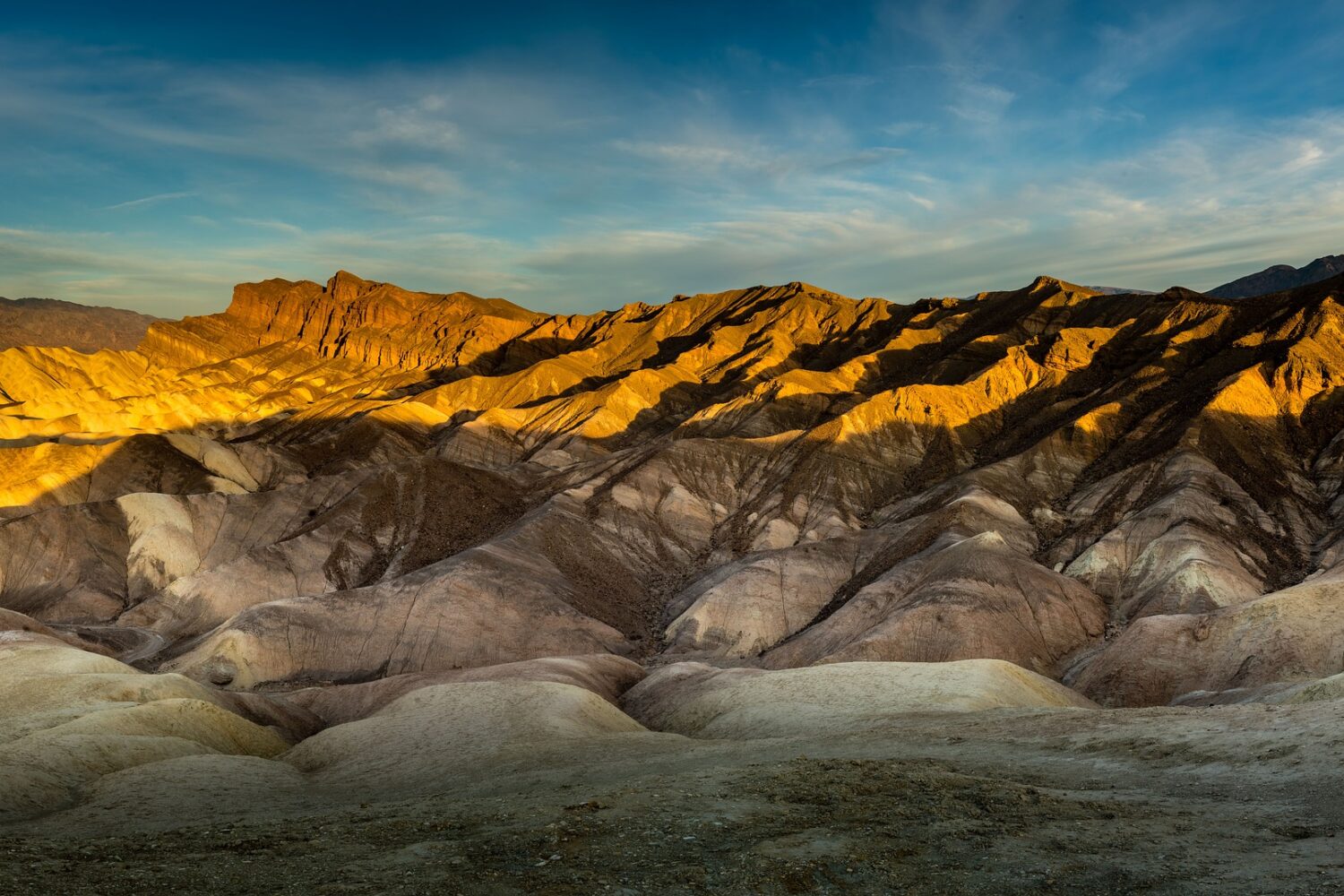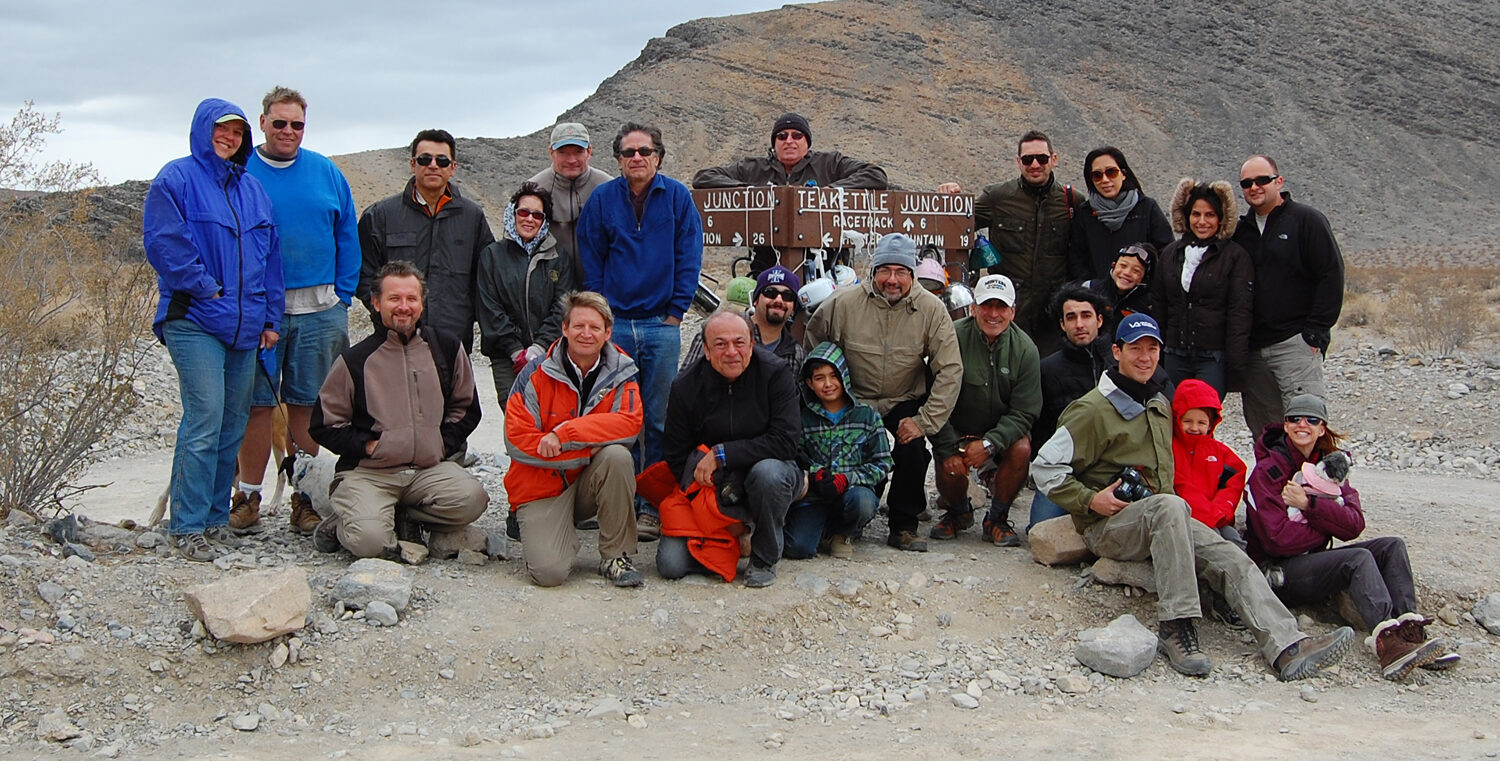Video Links to Previous Expeditions
—
Known as the hottest place on planet earth (a record 134 degrees), the driest (less than 1.5 inches/year) and lowest U.S. national park (-282 feet below sea level), Death Valley is a land of extremes offering park visitors a striking contrast of landscapes to explore — from the snow that covers the towering rocks at Telescope Peak to the myriad canyons and seemingly endless alluvial fans.

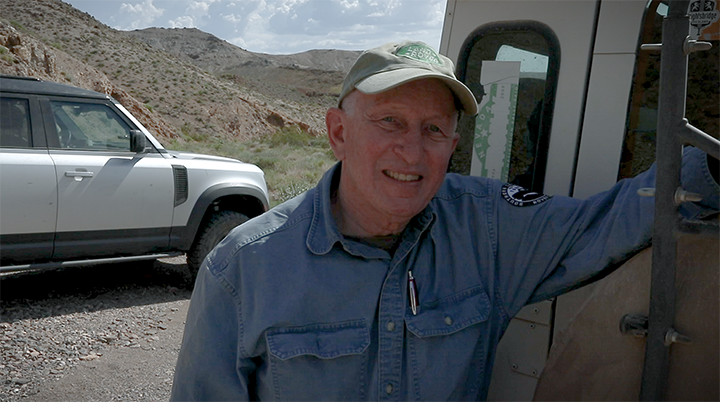
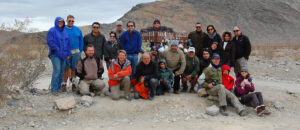
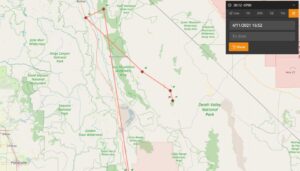
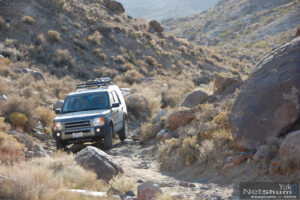 Continuing down the canyon, we’ll eventually get to West Side Road and make a short excursion to Split Cinder Cone. This is a cinder cone directly on a fault line that over thousands of years has resulted in the two halves to now be several hundreds of yards apart. It’s exciting to see.
Continuing down the canyon, we’ll eventually get to West Side Road and make a short excursion to Split Cinder Cone. This is a cinder cone directly on a fault line that over thousands of years has resulted in the two halves to now be several hundreds of yards apart. It’s exciting to see.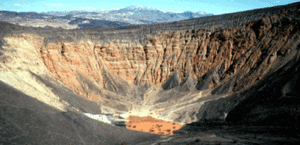 Ubehebe Crater is a large volcanic crater approx. 600 feet deep and half a mile across. To the local indigenous people, the Timbisha Shoshone Indians, the crater has been known as “Tem-pin-tta- Wo’sah”, meaning Coyote’s Basket. No one is quite sure how Ubehebe became associated with this crater.
Ubehebe Crater is a large volcanic crater approx. 600 feet deep and half a mile across. To the local indigenous people, the Timbisha Shoshone Indians, the crater has been known as “Tem-pin-tta- Wo’sah”, meaning Coyote’s Basket. No one is quite sure how Ubehebe became associated with this crater.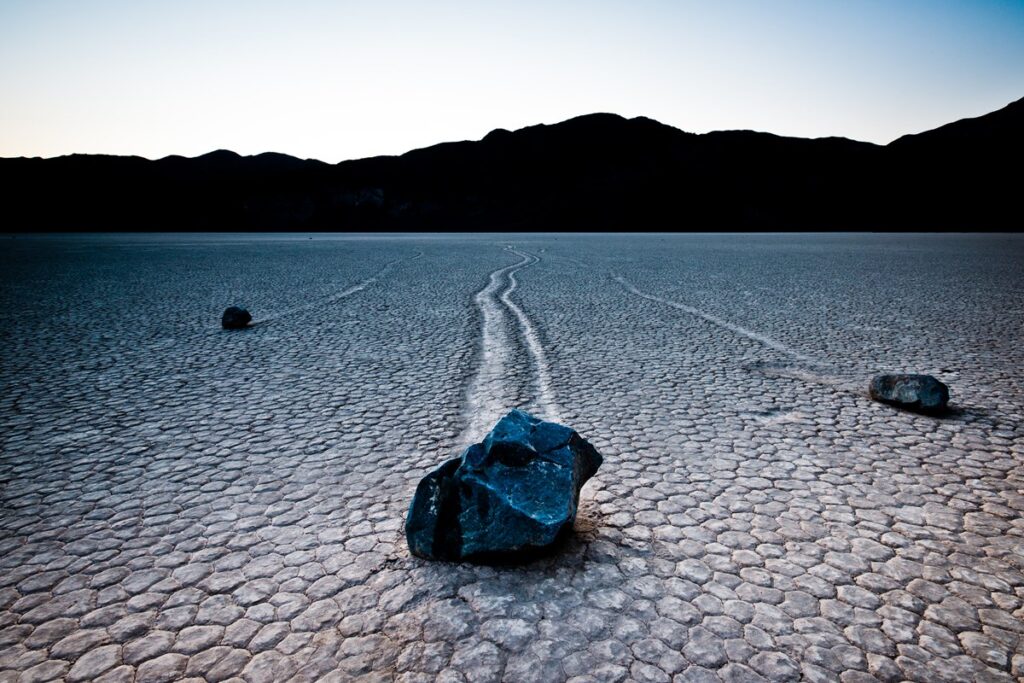
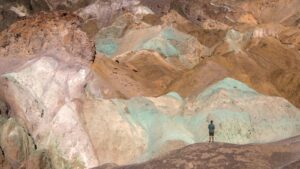 Artist’s Palette is a spectacular display of colors from volcanic deposits rich in iron oxides and chlorites. You’ll see various shades of red, orange, yellow, blue, pink and green creating a spectacular kaleidoscope effect.
Artist’s Palette is a spectacular display of colors from volcanic deposits rich in iron oxides and chlorites. You’ll see various shades of red, orange, yellow, blue, pink and green creating a spectacular kaleidoscope effect.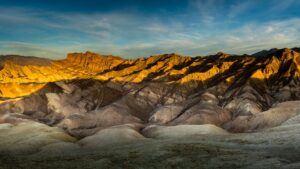
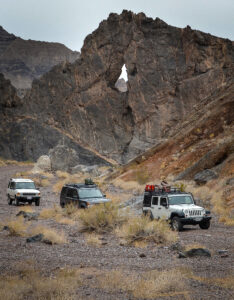 From Zabriskie Point, depending on our time frame, we’ll explore either Hole In The Wall, or Echo Canyon. Both canyons are relatively easy drives with spectacular scenery. Curiously, Echo Canyon has a rock formation with a hole in it, while Hole In The Wall doesn’t.
From Zabriskie Point, depending on our time frame, we’ll explore either Hole In The Wall, or Echo Canyon. Both canyons are relatively easy drives with spectacular scenery. Curiously, Echo Canyon has a rock formation with a hole in it, while Hole In The Wall doesn’t.